Garibaldi in New York
July 14, 2023
Every day on my morning walk in Bologna, I passed by a statue on the Via dell’Indipendenza of Giuseppe Garibaldi on horseback (pictured in a previous posting). It’s impossible to summarize his importance in Italy – his heroism in battle, and the personal charisma that played such a key role in the Italian Risorgimento. His ‘red shirt’ conquest of Sicily was a major theme in The Leopard, mentioned in last year’s posting, and seemingly every city in the country has its Piazza or Via Garibaldi, along with Cavour, Mazzini and Vittorio Emanuele equivalents.
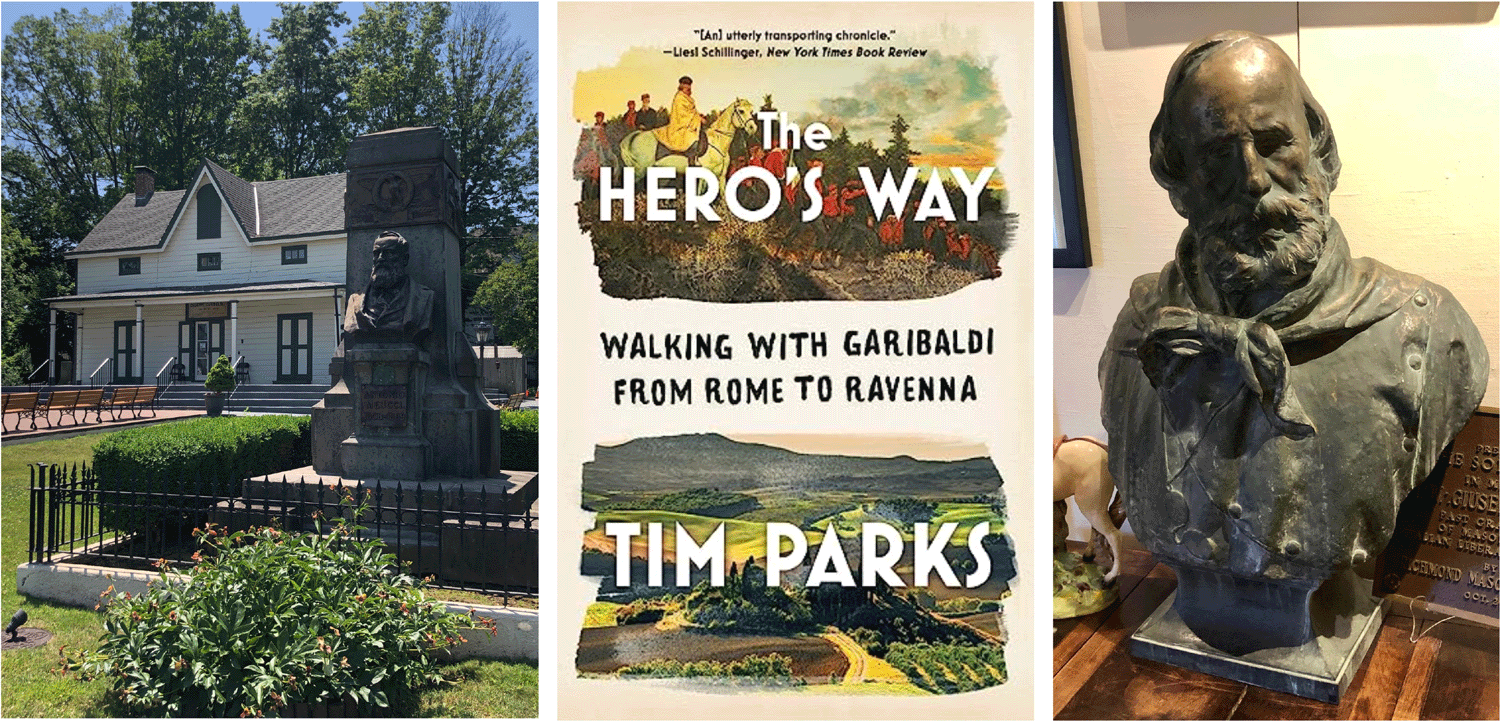
My Italian stay led me to pick up a copy of Tim Parks’ fascinating The Hero’s Way, which is subtitled Walking with Garibaldi from Rome to Ravenna. Parks re-created (on foot) Garibaldi’s 1849 four-hundred-mile trek across the Apennine Mountains of central Italy, with a pregnant Brazilian wife and 4,000 soldiers, being chased by Austrian, Spanish, French and Neapolitan armies. By the time he reached the Adriatic coast there were only 250 soldiers left, and Garibaldi’s wife, Anita, soon passed away as well.
Garibaldi originally came from a maritime family, and traveled the world. His exploits in South America (especially Uruguay and Brazil) are well-known, but he also traveled to China (Guangzhou and Xiamen), and spent several years on Staten Island in New York City.
There is a museum at the latter site, the Garibaldi Meucci Museum, and I’ve been wanting to visit it for some time. Luckily, a trip to New York City to pick up my Chinese visa gave me a good excuse. I spent much more than the allotted 45 minutes with the tour guide – and there was even a tie-in with my recent Civil War tours. Apparently President Lincoln was so dissatisfied with Union generals that he offered a Major General’s commission to Garibaldi to fight for the Union Army. Garibaldi refused (given his activities in Italy), but a New York Infantry Regiment of volunteers known as the “Garibaldi Guard” was recruited and did serve the Union cause.
Southern Tour redux
July 14, 2023
Southern trips to visit friends during the past two summers have offered an opportunity to visit U.S. Civil War sites, and this year I did the same once again -- although this year’s historical quest was a bit more expansive!
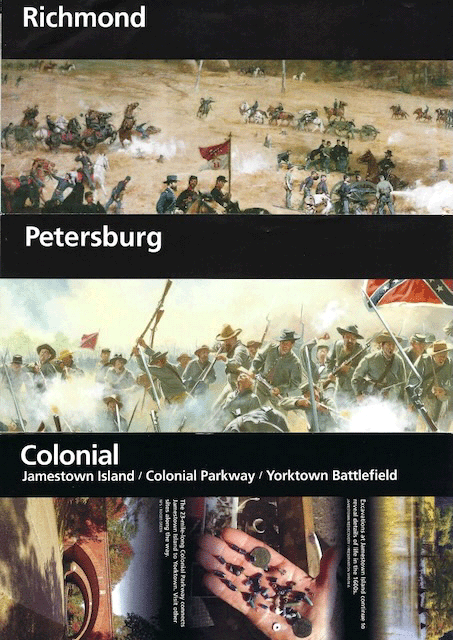
I headed to Richmond, the former Capital of the Confederacy – and, not surprisingly, the focal point of conflict throughout the war. Gaines’ Mill was the site of 1862’s Seven Days’ Battles, and nearby Cold Harbor was a part of 1864’s Overland Campaign (which was seen as the battle which shifted strategy from one of maneuver to one of siege). The siege in Petersburg, a city about 20 miles south of Richmond, lasted a full nine and a half months – and is best known for ‘The Crater,’ when Union troops blew up four tons of explosives under a Confederate battery. The resulting battle was costly for both sides, with 5,500 casualties.
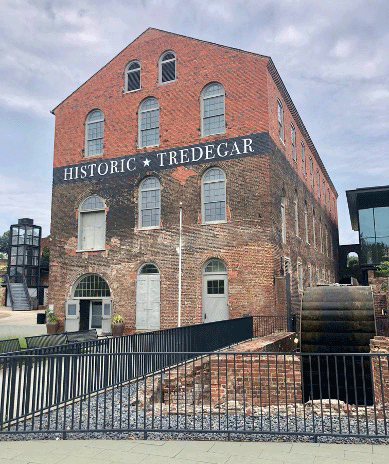
In Richmond itself, the Tredegar Iron Works was the center for iron manufacturing in the southern states, and provided artillery, ammunition, cannons and armor plating for the Confederate war effort. Today it houses the American Civil War Museum, and I was very, very surprised to find inside a painting of Maximilian and the Mexican firing squad, noted in the Trieste posting immediately below. The exhibit focused on the South’s ambitions, and noted that the Confederacy hoped to leverage the Mexican situation into diplomatic recognition of their nation by France -- but that never happened.
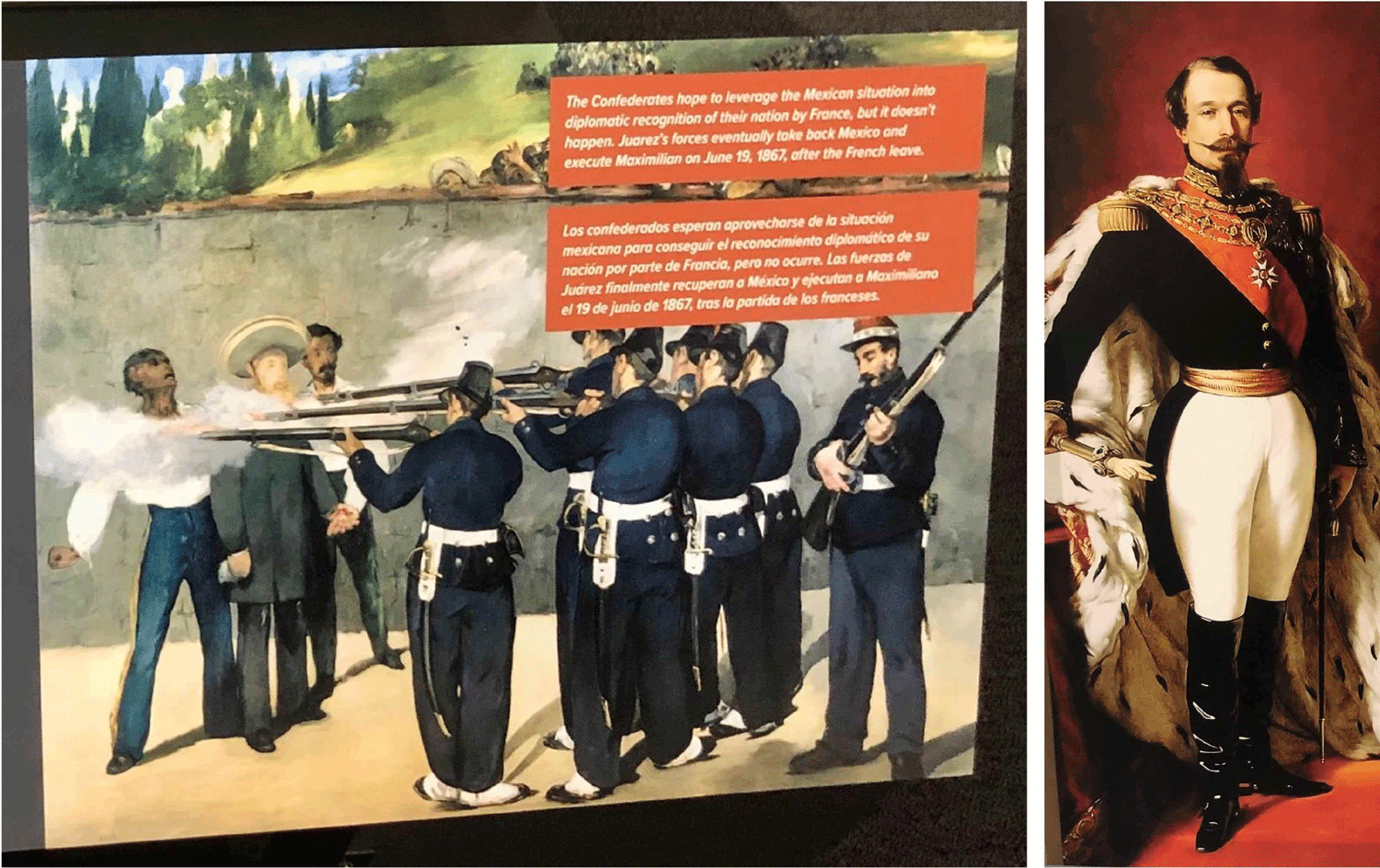
The next stops on this Southern tour both preceded the Civil War. Jamestown is where the first English colony was established in North America, and the Yorktown Campaign led to a battlefield in Virginia where George Washington (and the French) defeated the British army, and won independence for the American colonies. They are connected by a beautiful 23-mile Colonial Parkway.
While Jamestown Island provides the site of the original fort and nearby Jamestown Settlement contains replicas of the sailing ships, most visitors seemed more interested in the story of Pocahontas. The daughter of the Indian tribal chief, she was captured during a skirmish between the settlers and natives; ended up marrying a settler; bore a son; traveled to England, where she was a social curiosity; set out to return to Virginia – but died and was buried at Gravesend, on the Thames…. all by the age of 21. Perhaps not surprisingly, she also ended up as the subject of a 1995 Disney animated movie.
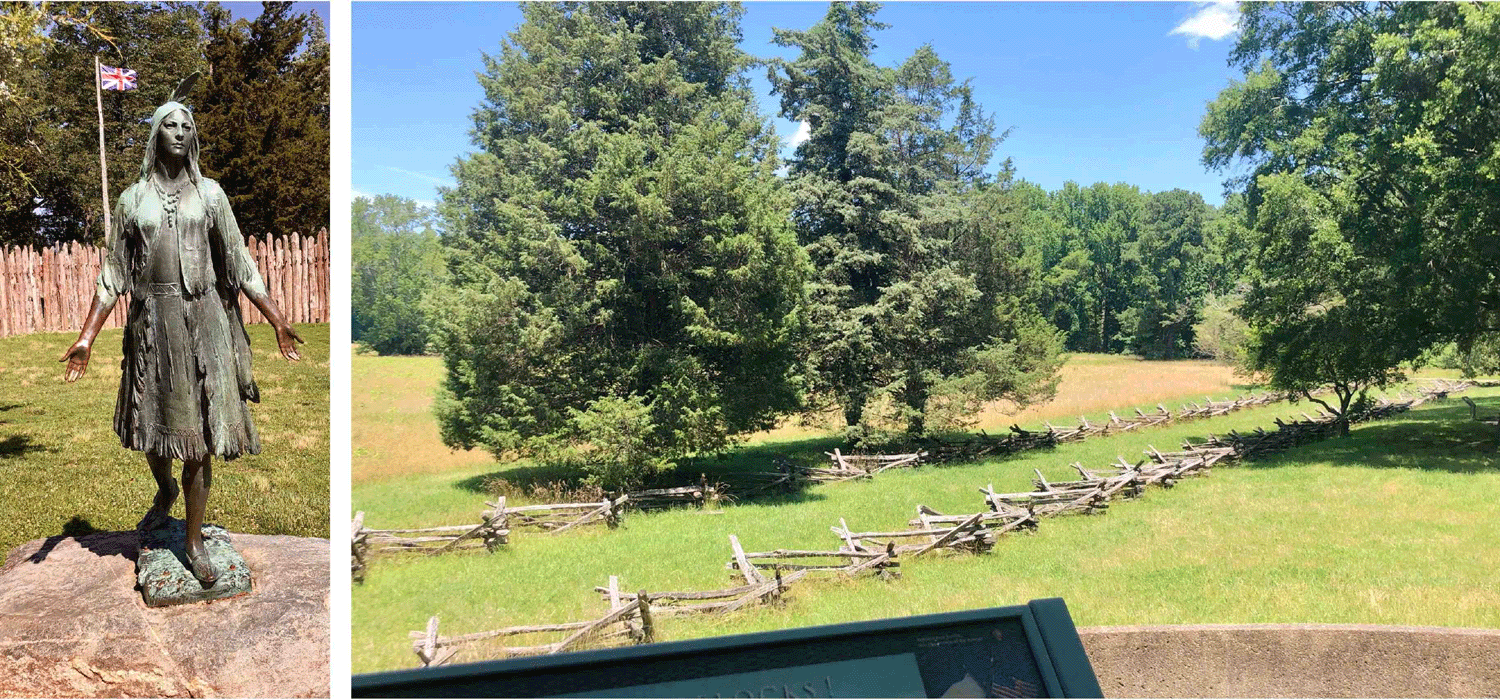
Yorktown has a “Surrender Field” where the British laid down their arms – although Lord Charles Cornwallis claimed to be ill that day, October 19, 1781, so he didn’t have to face Washington or the American troops.
Trieste
July 14, 2023
Ever since I read Jan Morris’s book Trieste and the Meaning of Nowhere several years ago, the city has been on my ‘bucket list.’ The trip home from Bologna gave me a chance to make that a reality – and a re-reading of the book made the visit especially interesting!
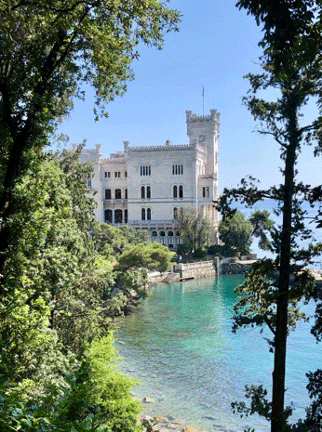
I was helped by the fact that I had arranged for an especially fascinating guide: Lubos Dzuro-Canulli has lived in the city for decades, and made sure that I visited the appropriate cafes, museums and churches. He also went out of his way to arrange a visit to Miramare, a site I had negligently failed to include in my original itinerary – but was not to be missed! Maximilian, younger brother of the Austrian Emperor Franz Joseph I, built it in the 1850s – but was soon on his way to North America (with Napoleon III’s assistance) to become Emperor of Mexico. That was ill-advised, because shortly thereafter he was put up against a wall in Mexico and shot. His wife Carlotta returned to Europe, but spent the next sixty years in an unfortunate mental state – and “Carlotta’s curse” still haunts the castle.
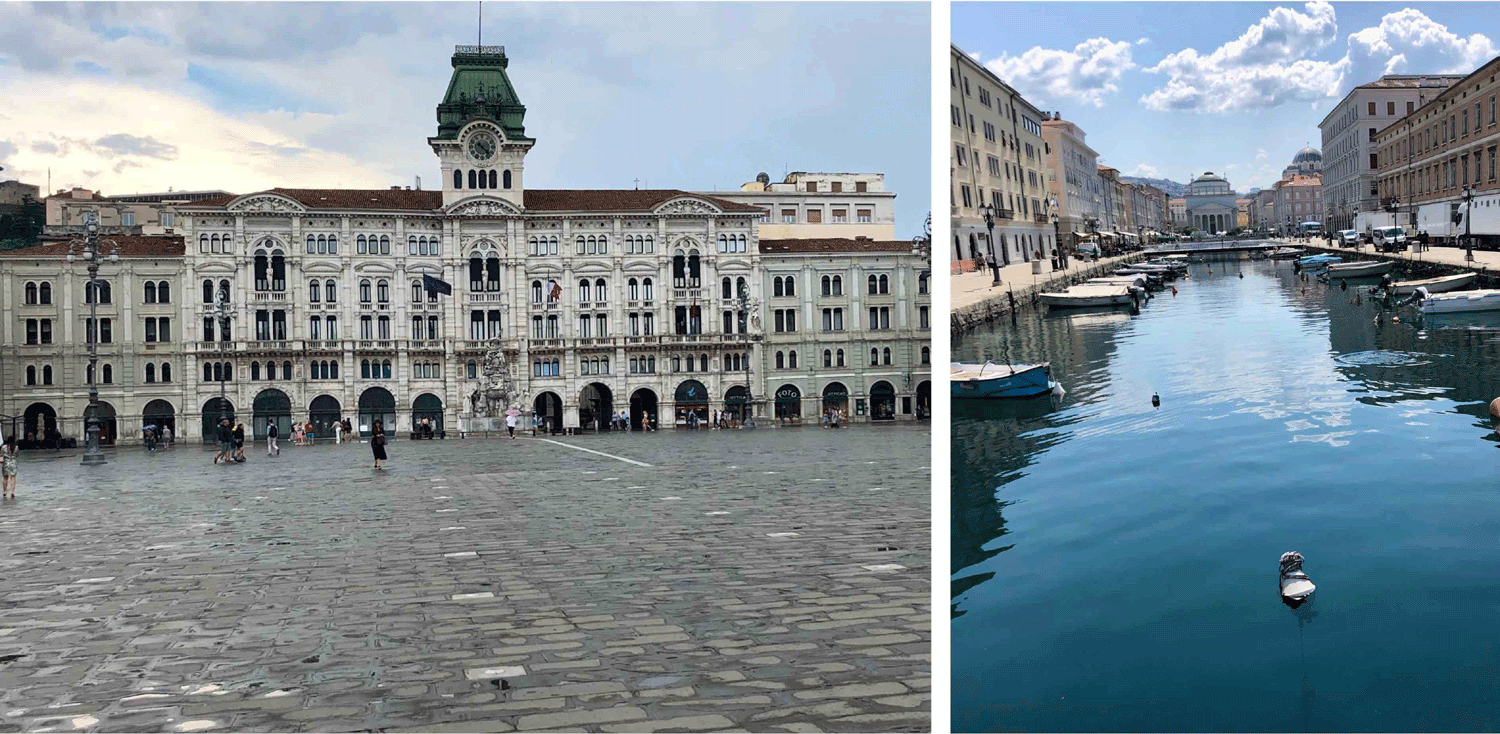
Other Trieste sites were also fascinating. The city is well known for the Canal Grande and Piazza Unitá d’Italia (the largest public square in Italy) – but in recent years Trieste has become a mecca for James Joyce fans. The author spent more than a decade there, over a sixteen year period – completing some of his most important works (e.g., Dubliners, A Portrait of the Artist as a Young Man), and developing the structure that ultimately changed Ulysses from a short story into a novel. Joyce’s path in Trieste is hard to follow, because he was always short of funds – and left a trail of disgruntled landlords in numerous apartments across the city. Today, however, he has his own museum and a statue on a bridge crossing the Canal Grande.
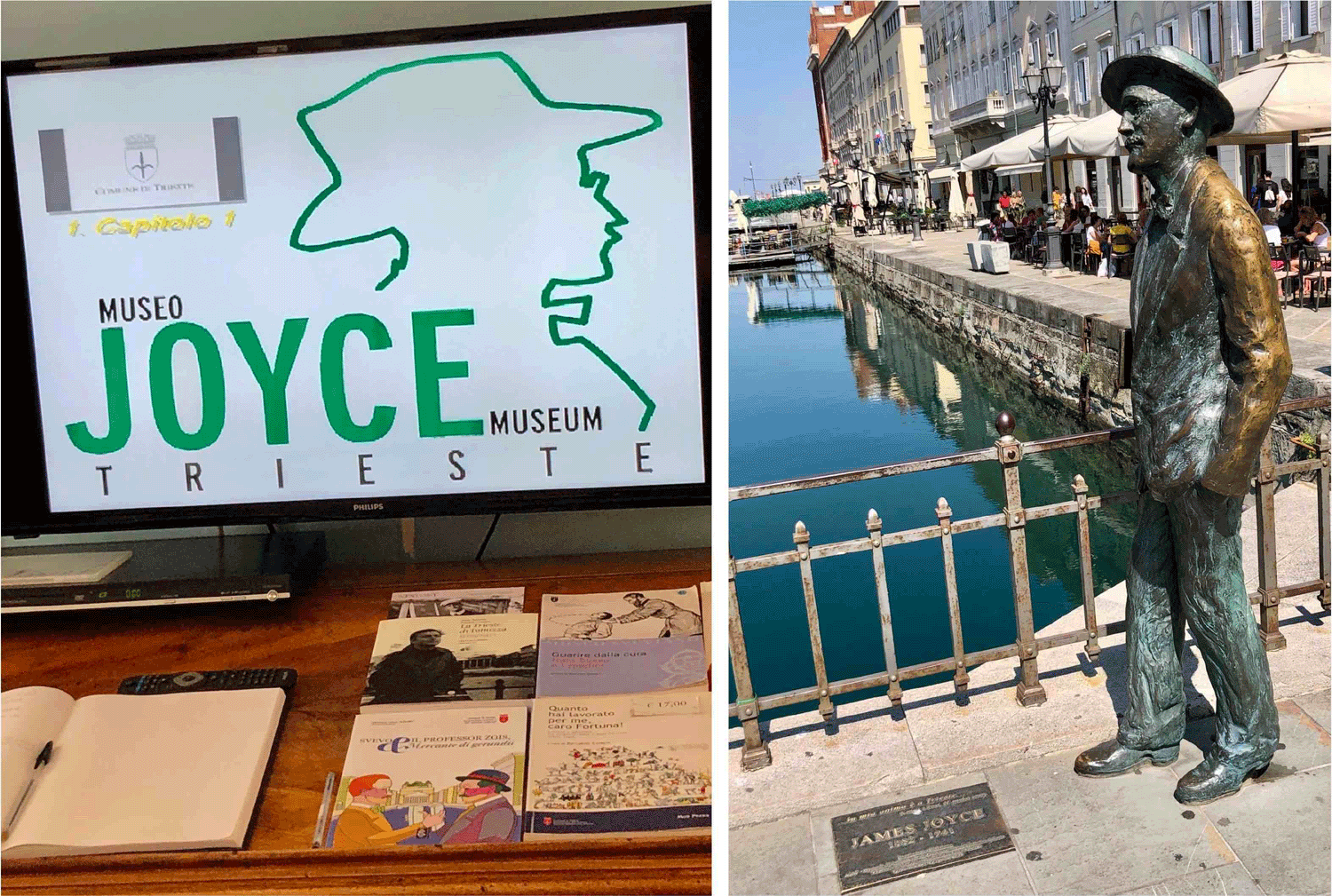
A wealthier Trieste aristocrat, Pasquale Revoltella, lived in a mansion on the Piazza Venezia near the waterfront – which today houses the Museo Revoltella and the Gallery of Modern Art. Built in the 1850’s, it’s really quite stunning – one can get a sense of the opulence in the statuary at the base of the staircase, although the picture doesn’t convey that even its banister is lined with red velvet.
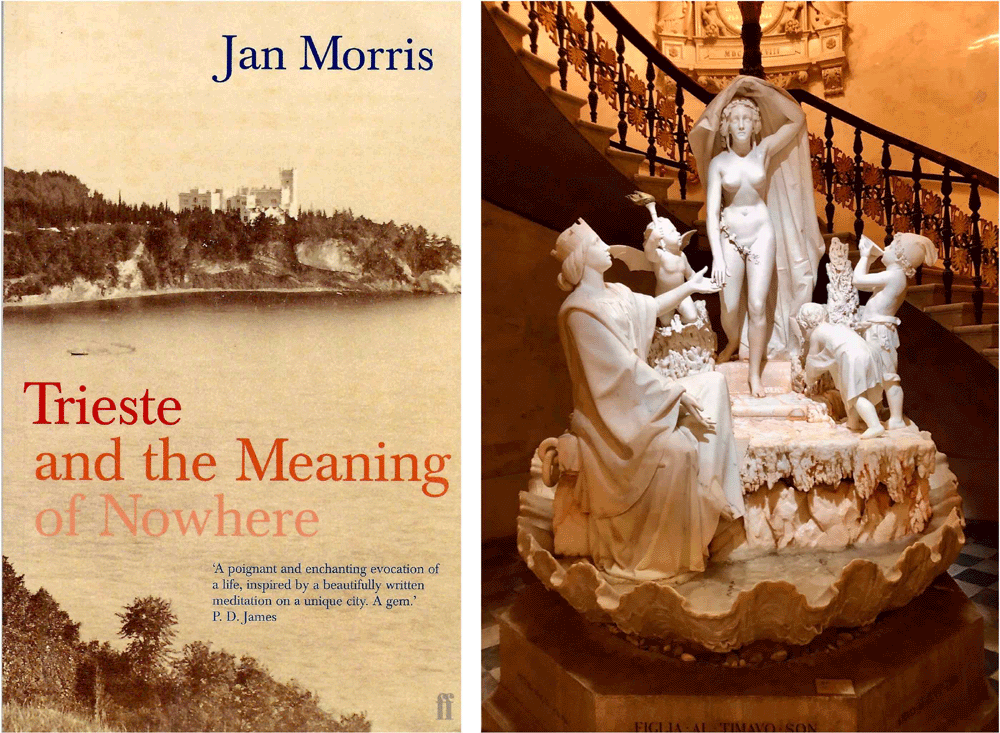
I had an early morning flight leaving Trieste, and so arranged to spend the previous night in the town of Monfalcone, closer to the airport. I hadn’t realized the importance of that town for the ship-building industry…. but that was made clear when I saw the three large cruise ships under construction on the waterfront. A ship-building museum, MuCa (Museo della Cantieristica di Monfalcone) lays out the fascinating history of that industry in the ‘company town,’ and I stayed in the Europalace Hotel – originally constructed in the 1920s as a boarding place for unmarried workers. Today it has been completely renovated, and even has its own small museum documenting a century of industrial change.
